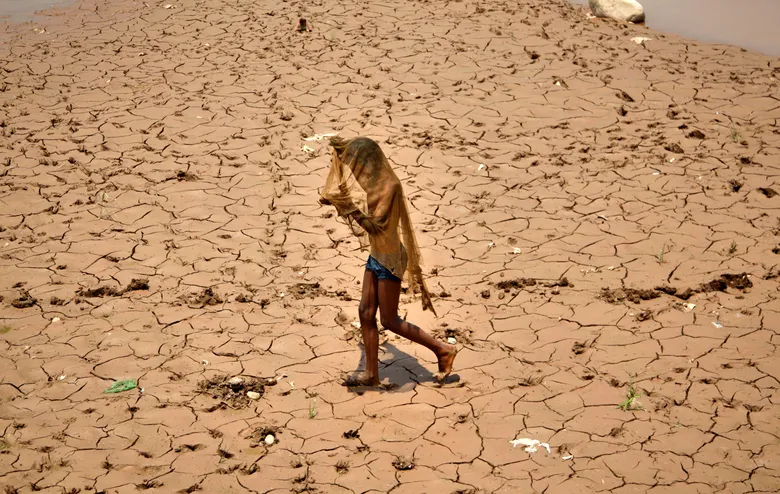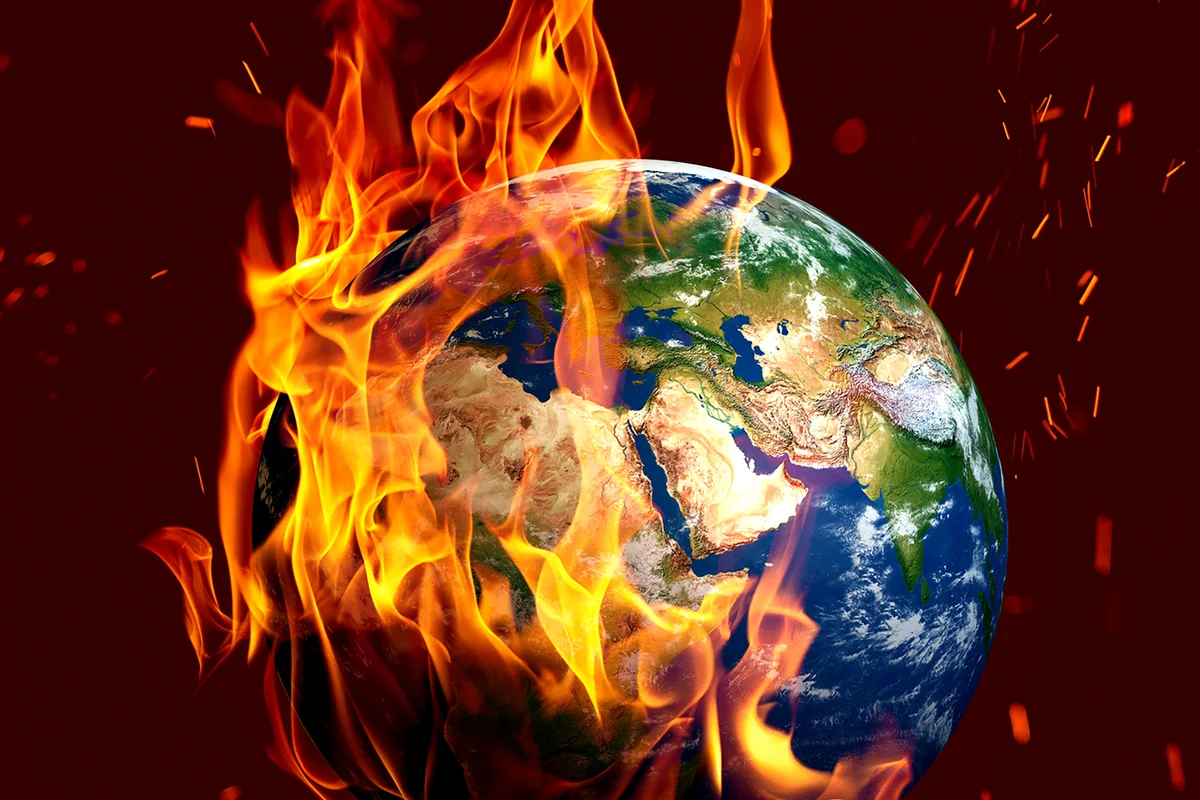In recent years, heat waves have become increasingly prevalent, leaving communities sweltering under scorching temperatures. While heat waves are a natural occurrence, their frequency, intensity, and duration have been exacerbated by climate change. This article related into the intricate relationship between heat waves and climate change, exploring the causes, impacts, and potential solutions to mitigate their adverse effects.
Understanding Heat Waves: Heat waves are prolonged periods of excessively hot weather, often accompanied by high humidity. These extreme heat events can have devastating consequences on human health, infrastructure, agriculture, and the environment. While heat waves have occurred throughout history, the alarming rise in their occurrence and severity can be attributed to the changing climate.

The Role of Climate Change: Climate change, driven primarily by human activities such as the burning of fossil fuels and deforestation, has led to a steady increase in global temperatures. As greenhouse gases accumulate in the atmosphere, they trap heat, resulting in a phenomenon known as the greenhouse effect. This warming effect disrupts weather patterns, leading to more frequent and intense heat waves.
Impacts on Human Health: Heat waves pose significant risks to human health, particularly to vulnerable populations such as the elderly, children, and individuals with pre-existing health conditions. Prolonged exposure to extreme heat can cause heat-related illnesses, including heat exhaustion, heatstroke, and dehydration. Additionally, heat waves can exacerbate air pollution and respiratory problems, further compromising public health.

Impact on the Environment: Heat waves can have far-reaching consequences for the environment, affecting ecosystems, biodiversity, and natural resources. Rising temperatures can disrupt wildlife habitats, alter migration patterns, and increase the frequency of wildfires. Moreover, heat waves can accelerate the melting of polar ice caps and contribute to sea level rise, posing a threat to coastal communities and infrastructure.
Adaptation and Mitigation Strategies: Addressing the impacts of heat waves and climate change requires a multi-faceted approach that includes both adaptation and mitigation strategies. Adaptation measures may include improving urban planning to reduce the urban heat island effect, implementing early warning systems, and enhancing access to cooling centers and resources during heat waves. On the other hand, mitigation efforts focus on reducing greenhouse gas emissions through policies and initiatives aimed at transitioning to renewable energy sources, promoting energy efficiency, and adopting sustainable practices.
Heat waves are not just temporary bouts of hot weather; they are symptomatic of a larger problem—climate change. As temperatures continue to rise, the frequency and intensity of heat waves are expected to increase, posing significant challenges to human health, the environment, and socioeconomic systems. Addressing this issue requires collective action at the global, national, and local levels to mitigate greenhouse gas emissions, build resilience, and adapt to a changing climate. By taking proactive measures now, we can mitigate the worst impacts of heat waves and pave the way for a more sustainable and resilient future.





